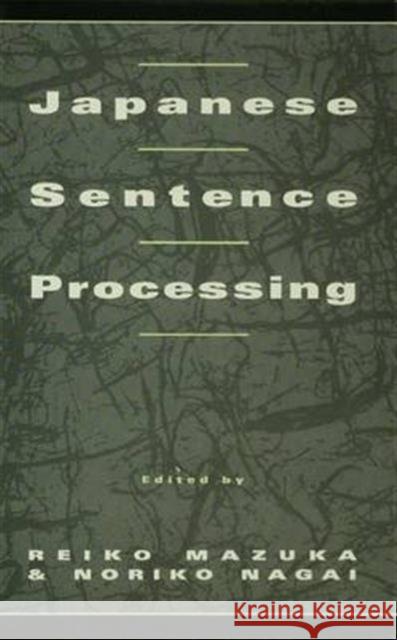Japanese Sentence Processing » książka
topmenu
Japanese Sentence Processing
ISBN-13: 9781138973695 / Angielski / Miękka / 2016 / 370 str.
Japanese Sentence Processing
ISBN-13: 9781138973695 / Angielski / Miękka / 2016 / 370 str.
cena 242,34
(netto: 230,80 VAT: 5%)
Najniższa cena z 30 dni: 236,70
(netto: 230,80 VAT: 5%)
Najniższa cena z 30 dni: 236,70
Termin realizacji zamówienia:
ok. 22 dni roboczych
Bez gwarancji dostawy przed świętami
ok. 22 dni roboczych
Bez gwarancji dostawy przed świętami
Darmowa dostawa!
Kategorie:
Kategorie BISAC:
Wydawca:
Psychology Press
Język:
Angielski
ISBN-13:
9781138973695
Rok wydania:
2016
Ilość stron:
370
Oprawa:
Miękka
Wolumenów:
01











